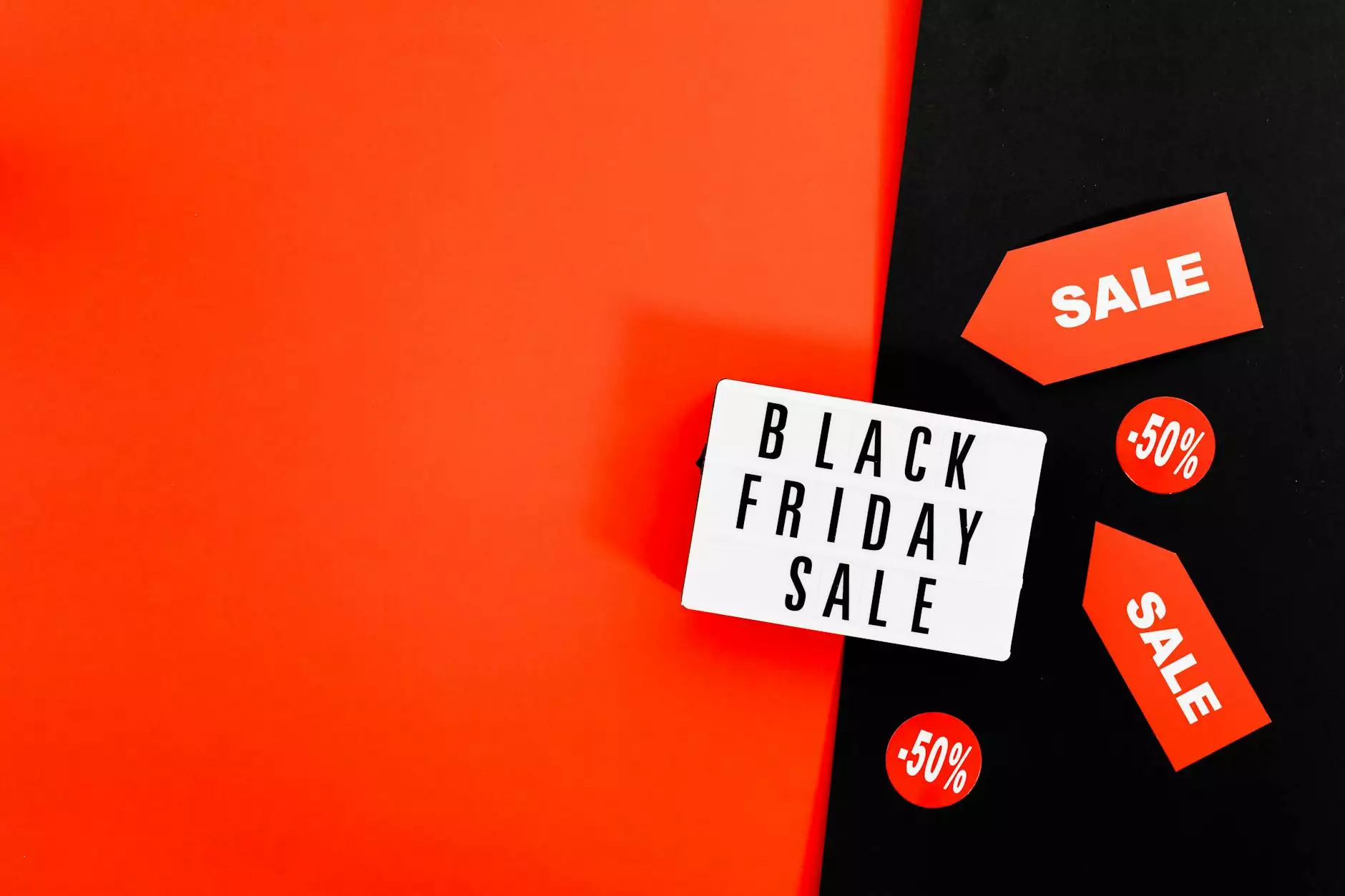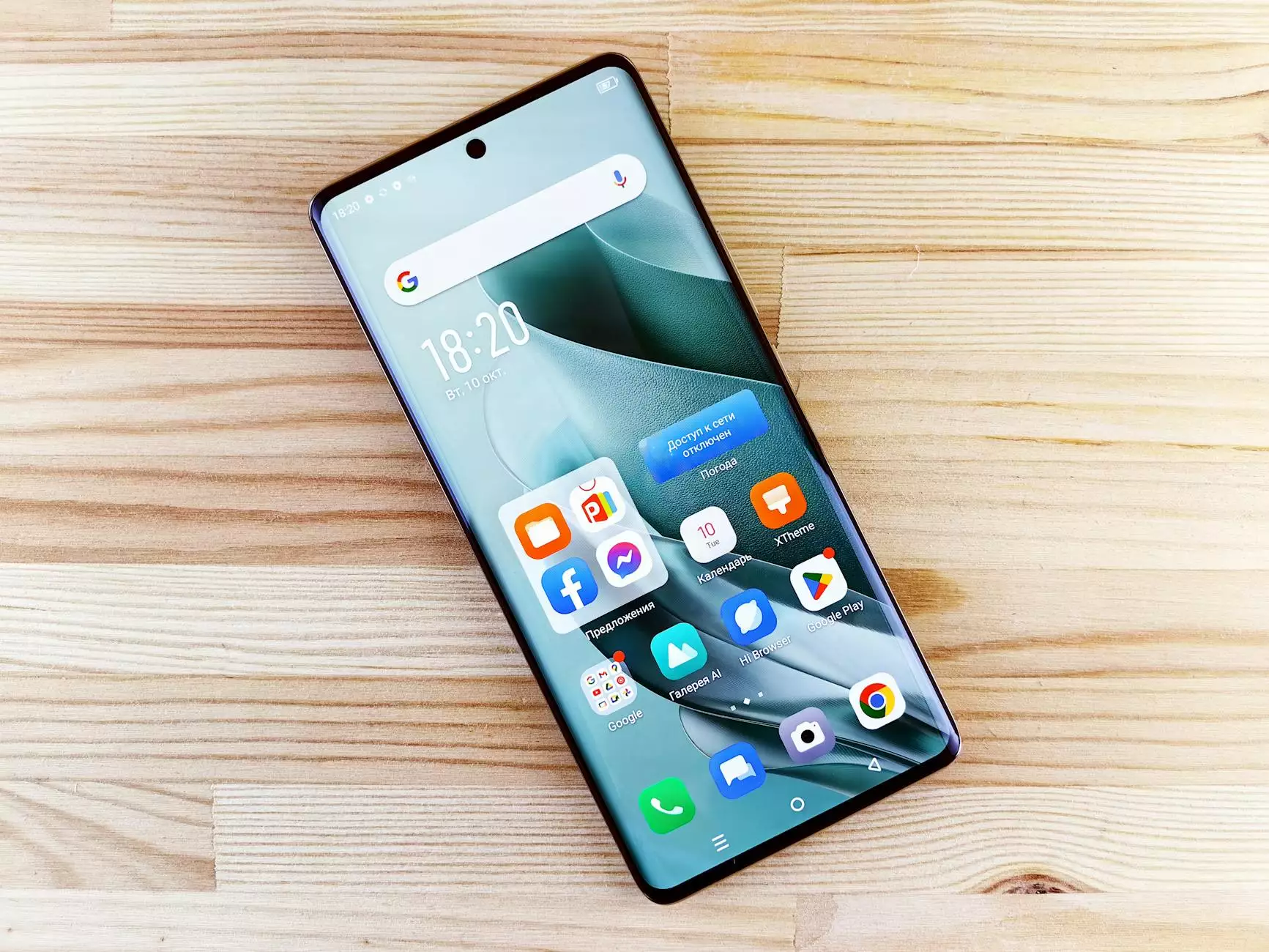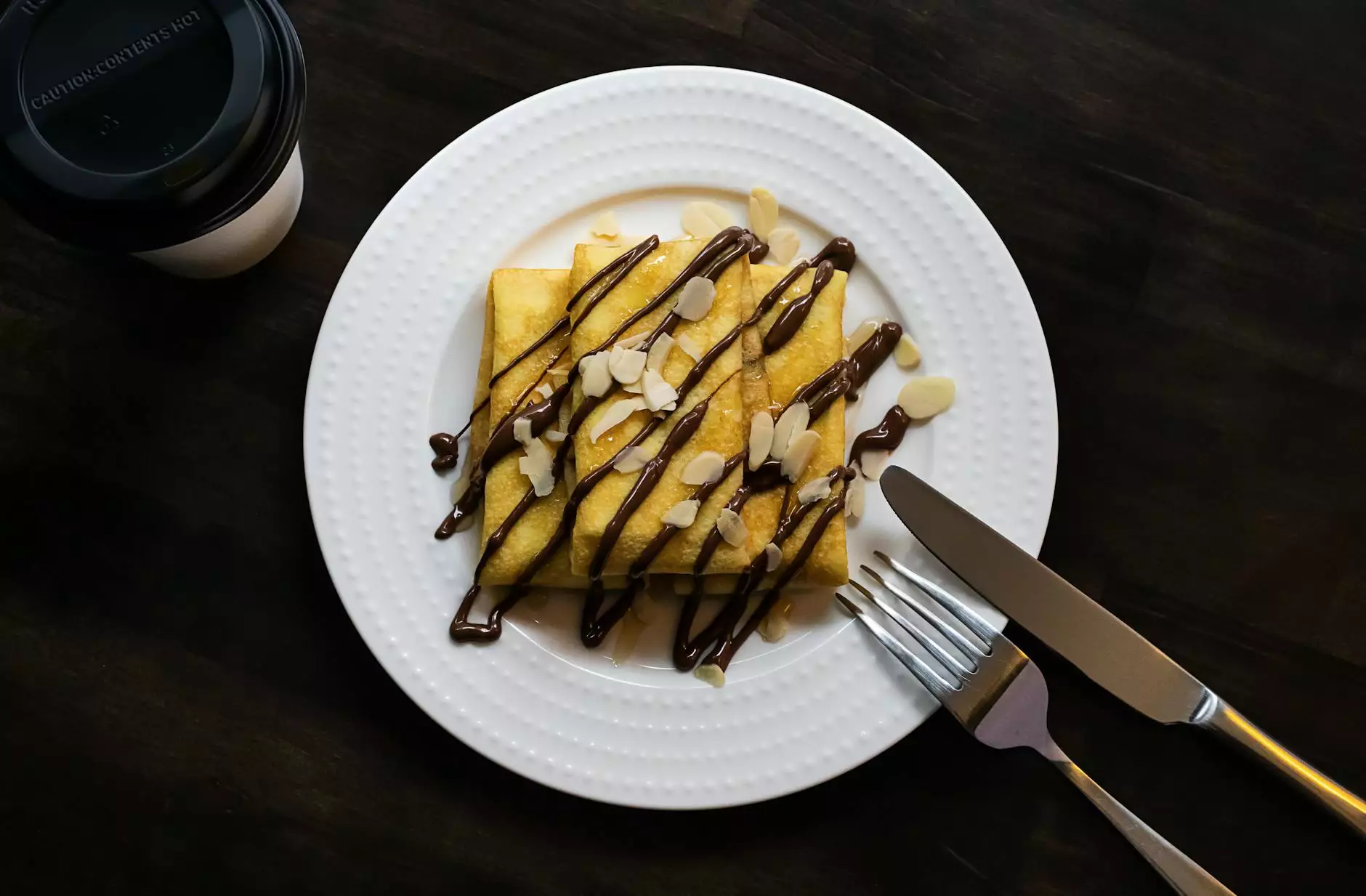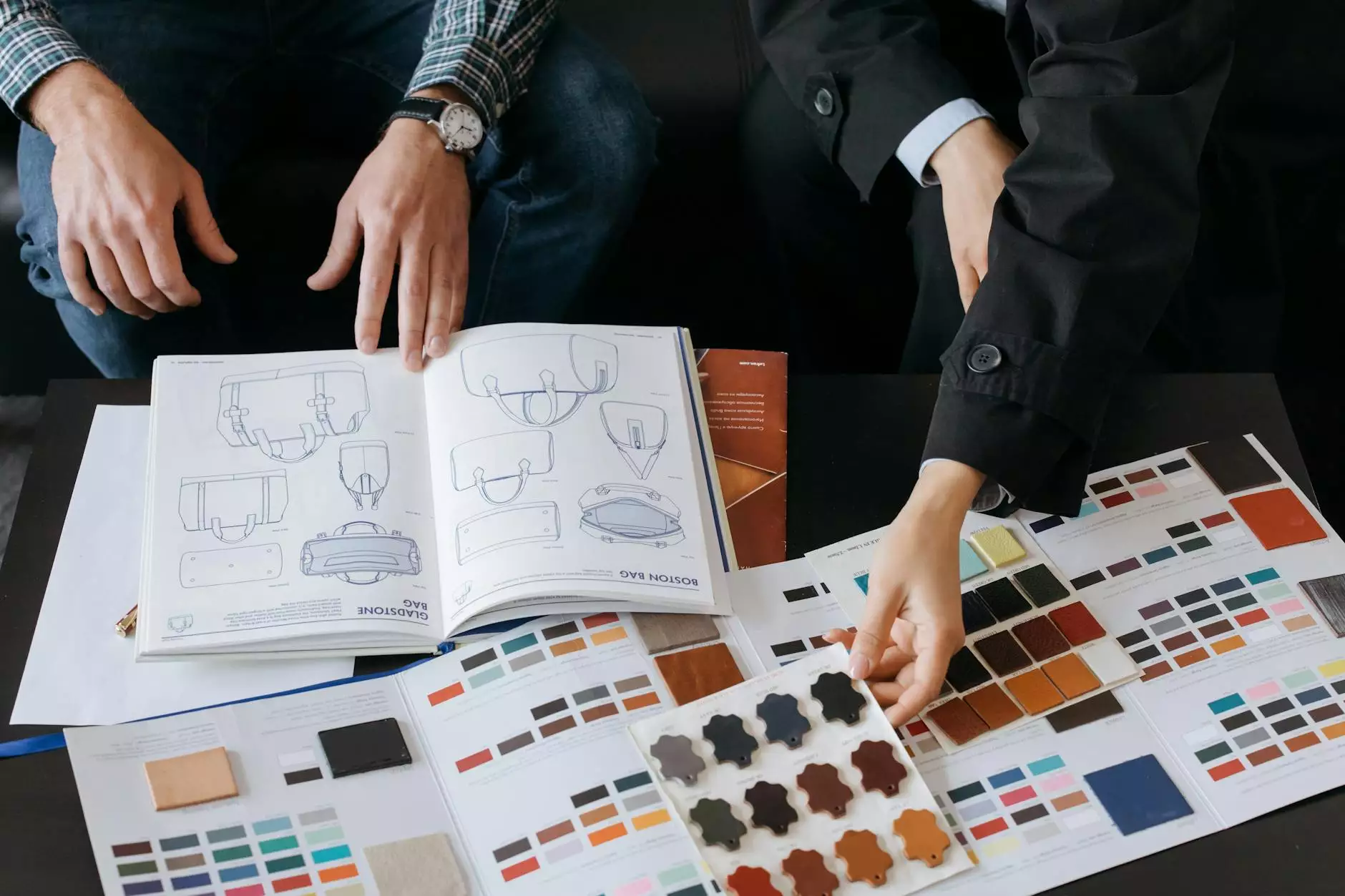How to Use Bartender Label Design Software

If you're looking to elevate your business' branding through effective labeling, understanding how to use Bartender label design software is essential. Bartender is a powerful tool that allows users to create custom labels that not only look professional but also enhance your product's appeal in a competitive marketplace. In this comprehensive guide, we’ll delve into the features of Bartender, step-by-step processes, tips for creating eye-catching labels, and the various applications that can benefit from this software.
What is Bartender Label Design Software?
Bartender is a professional label design software developed by Seagull Scientific. It offers versatile solutions for designing labels, barcodes, and RFID tags that cater to various industries including manufacturing, healthcare, and retail. With its user-friendly interface and advanced design capabilities, Bartender empowers businesses to streamline their labeling processes.
Key Features of Bartender
- Drag-and-Drop Design: Create your labels easily with an intuitive drag-and-drop interface.
- Database Connectivity: Connect to various databases to pull dynamic data for labels.
- Barcode Generation: Automatically generate barcodes in multiple formats.
- RFID Capability: Design RFID tags seamlessly for inventory management.
- Label Preview: Preview your labels in real-time before printing to ensure accuracy.
- Template Library: Access a wide range of templates that cater to different industries.
Step-by-Step Guide on How to Use Bartender Label Design Software
Now, let’s explore the step-by-step approach to using Bartender label design software effectively. This guide is specially tailored for beginners and those familiar with design software alike.
Step 1: Installation and Setup
To get started, you need to install Bartender on your computer. Follow these simple steps:
- Visit Seagull Scientific’s website and download the latest version of Bartender.
- Run the installer and follow the on-screen instructions to complete the installation.
- Once installed, launch the application and begin with a user setup to familiarize yourself with the interface.
Step 2: Exploring the Interface
Familiarizing yourself with the interface will enhance your experience with using Bartender. Here are some key components to look out for:
- Toolbar: Contains tools to create, edit, and manipulate label designs.
- Design Area: The main workspace where you’ll create and edit your labels.
- Properties Pane: Offers comprehensive options to modify selected objects, such as text, images, and shapes.
Step 3: Creating a New Label Project
To create your first label:
- Click on File and select New.
- Choose a blank label or select a template from the library.
- Set the dimensions of your label based on your requirements.
Step 4: Designing Your Label
Designing your label can be the most enjoyable part. Here’s how to do it:
- Add Text: Use the text tool to add product names, descriptions, and any other relevant information. Customize font style, size, and alignment in the properties pane.
- Insert Images: Incorporate logos and product images by using the import image feature. Choose high-resolution images for better quality printing.
- Barcode Generation: Utilize Bartender’s barcode tool to generate various barcode formats needed for inventory management or sales tracking.
- Color and Background: Enhance your design with background colors or patterns that resonate with your brand identity.
Step 5: Previewing and Printing Your Label
Before printing, it’s crucial to preview your label:
- Click File and select Print Preview to see how your label will look once printed.
- Make any necessary adjustments based on the preview.
- Finally, when satisfied, select Print to initiate the printing process. Ensure your printer settings match the label specifications.
Tips for Effective Label Design
Creating an appealing label goes beyond just functionality; aesthetics also play a critical role. Here are some expert tips:
- Maintain Brand Consistency: Use colors, fonts, and designs that are consistent with your brand.
- Be Clear and Concise: Use simple language and concise descriptions to convey your message effectively.
- Test Readability: Ensure that all text is legible from a distance. This includes checking color contrast.
- Utilize White Space: Don't clutter your label. White space improves readability and draws attention to key components.
Applications of Bartender Label Design Software in Different Industries
Bartender Label Design Software is not limited to one industry. Here’s how various sectors can leverage this powerful tool:
1. Manufacturing
Manufacturers use Bartender to create labels for products that include essential information like ingredients, safety guidelines, and barcodes for inventory tracking.
2. Healthcare
In healthcare, accurate labeling is crucial. Bartender allows hospitals and clinics to print labels for medication, specimen tracking, and patient identification.
3. Retail
Retailers benefit from Bartender by creating appealing product labels that attract customers and communicate important details such as pricing, promotions, and product information.
4. Food and Beverage
The food and beverage sector relies on Bartender for compliance with labeling regulations while also providing visually appealing designs that communicate brand values.
5. Logistics and Shipping
Logistics companies use Bartender to create shipping labels and barcode labels for efficient tracking and management of packages and inventory.
Conclusion
Understanding how to use Bartender label design software opens a world of possibilities for businesses looking to enhance their branding through effective labeling. With its user-friendly interface and robust features, Bartender is an invaluable tool across multiple industries. Whether you operate in printing services, electronics, or computers, mastering this software will undeniably contribute to your business’s success.
By integrating effective label design into your operations, you're not just simplifying your processes—you're also presenting a professional image that resonates with customers. Dive into Bartender today, and transform your label design experience into an efficient and enjoyable process.









